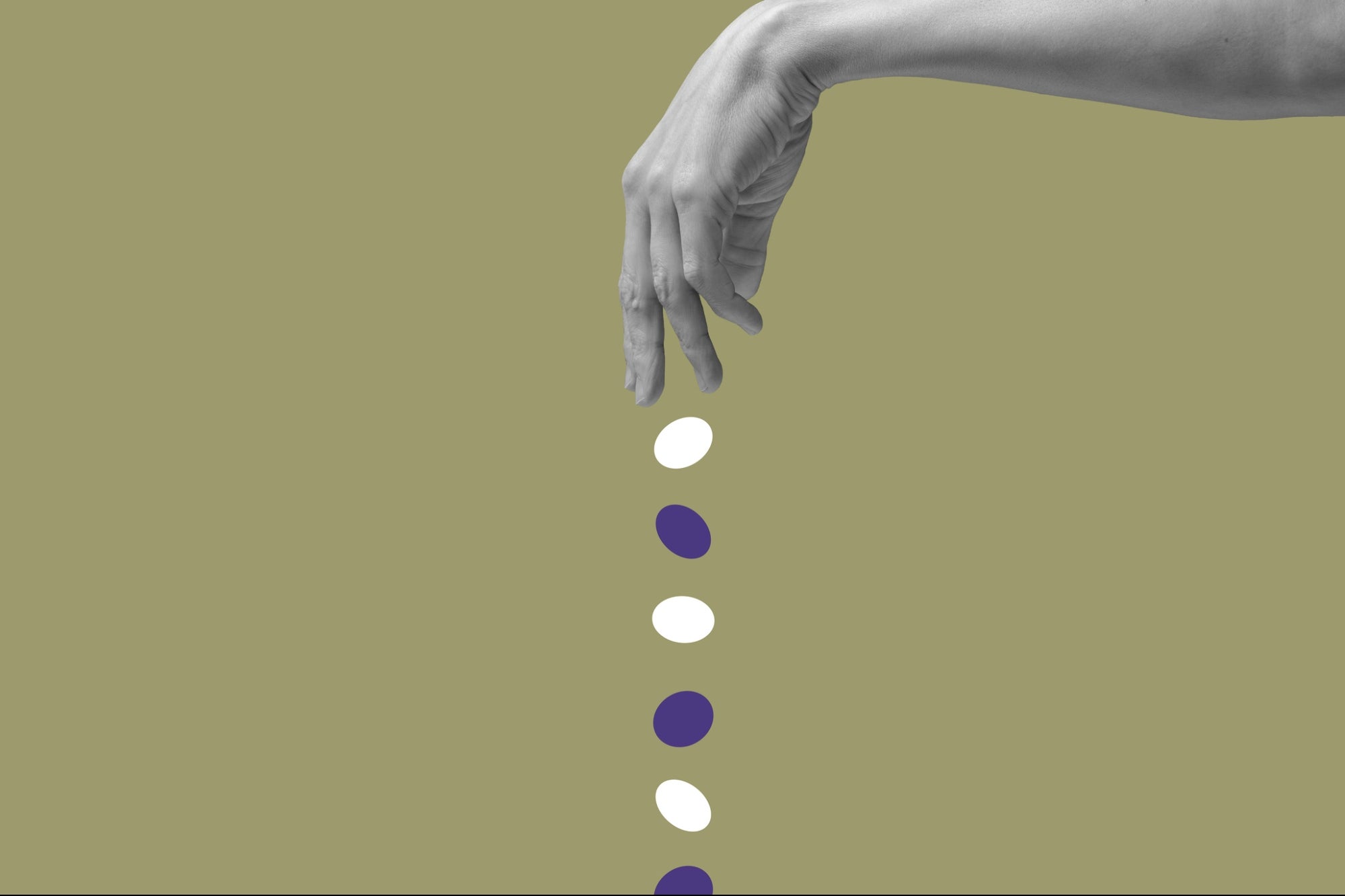Sell More Products by Letting Your Customers Design Them for You The wall between producers and consumers is crumbling -- and your business could profit.
By Michael R. Solomon Edited by Dan Bova
Opinions expressed by Entrepreneur contributors are their own.

Adapted from Marketers, Tear Down These Walls! Liberating the Postmodern Consumer.
When the founder of the beauty website Into the Gloss decided to create a new cosmetics line, she didn't contact vendors or post ads to entice new buyers. Instead she created an Instagram account -- @glossier -- and waited for suggestions to flood in. She mined the posts her followers submitted as she developed the line. Thousands of cosmetics aficionados helped her to build the new company.
Related: Don't Go Looking for Problems: Curing Your Own Pain Points Is a Good Way to Develop a New Product
We used to purchase goods and services from professional artisans and manufacturers. Today it's also everyday consumers who produce media content, design products and invest in startups -- not to mention those who also act as retailers, food critics, tour guides and even taxi drivers. Consumer-generated content (CGC) wipes out the traditional wall between producer and consumer. Everyday people collaborate with, or even replace, professionals in virtually every traditional marketing function. Let's take a look at one of the most important ones, product development.
DEWALT has an insight community of over 10,000 tool users who submit ideas for new products. LEGO fans can join LEGO Ideas, an online community where members submit their own designs for new sets. They vote on submissions -- if a project gets 10,000 votes, LEGO considers it for an official LEGO Ideas set it will sell around the world.
Co-creation is here!
Call it co-creation, call it collaborative innovation, call it crowdsourcing: The recruitment of consumers to act as product designers is a growing trend. While this teamwork can be threatening to highly trained designers who fear they will be replaced by hordes of naïfs, the less insecure ones recognize that user feedback can only improve upon what they think people want.
Related: Post-it Will Introduce Extreme Notes, and It's a Textbook Lesson in How to Solve a Customer Problem
The practice of handing the inmates the keys to the asylum is booming. If you're doing this already, be sure to fess up about where these innovations come from. That's not just ethical practice; it turns out that buyers actually prefer products users actually suggested. One study found that crowdsourced products sold up to 20 percent more when they were specifically labeled as originating with customers. This helps to explain why some brands are going out of their way to trumpet this co-creation process. The German company Red Chili that sells gear for rock climbers proclaims, "Only climbers know what climbers need."
The Maker Movement
The rapidly growing DIY (do it yourself) trend represents another way that the wall between producers and consumers is crumbling. Analysts project that this market will grow by about 6 percent per year over the next several years. One reason it's exploding is what researchers call "The IKEA Effect": People prefer products they help to make (or at least assemble).
The DIY craze is part of a larger trend some call the Maker Movement. A makerspace is a collaborative workspace inside a school, library or separate public/private facility for creating, learning, exploring and sharing. Typically a healthy dose of entrepreneurship gets thrown in as well, as makerspaces double as incubators for business startups. Some spaces such as TechShop are themselves turning into businesses as they expand the number of locations where DIYers can access their sophisticated tools for a modest membership fee. Makerspaces already are pouring out success stories, such as the DODOcase company that uses a space in San Francisco to build its popular line of covers for phones and laptops.
Related: The 7 Steps of Effective Product Development
"Artisanal fries with that?"
Artisanal cheese. Artisanal soap. Artisanal beer. The term is everywhere. It implies that an item isn't mass-produced, and often the maker is a skilled artist who otherwise is "one of us" (i.e., he or she hasn't sold out to a big corporation). The ecommerce site Etsy calls itself "the most beautiful marketplace in the world"; it features thousands of unique creations that everyday people sell.
What's feeding the artisanal frenzy? Simply, the quest for authenticity. Consumers today often want to know a product's provenance; just where the things they buy came from. The J. Peterman Company clothing catalogs tell stories about the apparel they sell, and upscale grocery stores like Whole Foods provide great detail about the specific farms where produce and meat were raised. I recently ate at a restaurant where the menu actually listed the name of the specific fisherman who caught the catch of the day! Product genealogy, or the thirst to trace the backstory of a product from raw materials to final form, is a popular activity for many.
Related: 5 Maxims for Creating Products That Meet Real Needs
The bottom line: Consumers crave authenticity. They love companies that can boast of a long heritage and a history of giving back to the communities where they operate. If your company has a backstory, tell it. Often.
The wall between producers and consumers is tumbling down. Help your customers help you!











